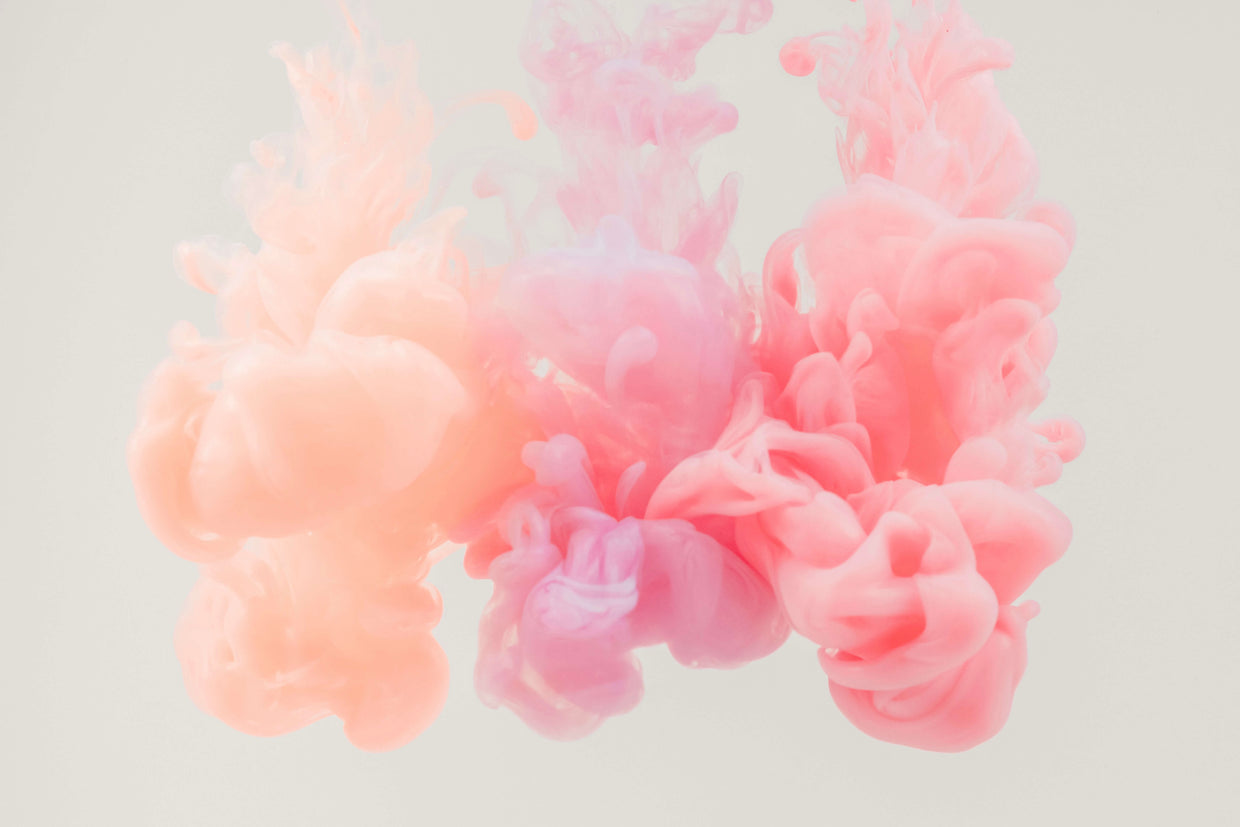6 Tips to Support Change With Colour Therapy - By Jasmine Bilali

Colours have frequencies that influence mood, impact our energy field, and support us in developing different aspects of ourselves.
During the early days of New York City’s anxiety-ridden lockdown, I tried to practice yoga each morning. Since I was working from home, there was no reason to change out of my black yoga wear.
I remained dressed in that clothing all day, every day.
A month or so in, I began to experience a subtle annoyance with this wardrobe. Something didn’t feel right. Black can exude power, elegance, and sophistication, but it also signifies death and despair. Under the restrictive circumstances, black was causing me to feel dead rather than powerful.
I tried to ignore this feeling. After all, amid a crisis what I wore seemed like a superficial concern. But when the situation continued for weeks, I could no longer disregard it.
Colour Frequency and Mood
That’s because colour matters. Our world is made up of colour. Colours have frequencies that influence mood, impact our energy field, and support us in developing different aspects of ourselves. Using colour is an easy way to alleviate stress, anxiety and can also energise us.
Eventually, I realised that my subconscious was yearning to balance my energy with some colour. I gave in to my gut and treated myself to two new pairs of non-black yoga pants to get me through the pandemic.
One pair was chambray blue, which supports communication, openness, & intuition and the other was olive green, which supports healing and health.
Although I’m certified as a colour therapist, it was still fascinating for me to feel my energy immediately shift when I wore these new colours. I felt lighter, clearer, and more relaxed than when I wore black. The yoga wear that had morphed into daywear was now also colour therapy!
Our intuition directs us to what needs our attention. Later, I also started noticing the interior of my apartment, which is decorated in neutral hues. I had always loved the calming palette after a busy day running around town. But now that I was always home and my living space was also my work space, the colour scheme needed adjusting. It had to ignite my creative juices without being overly stimulating.
I bought some pillows and flower pots that provided sprinkles of red and blue. These accent pieces gave my living area just enough pop to balance out the calming palette. The infusion of red made me feel plugged in and laser-focused. The mixture of blue made me feel more creative and receptive to new ideas.
Wisdom, Ancient & Scientific
Colour therapy is an ancient practice that dates back to the Egyptians who built great halls of colour healing. They recognised that colours have individual powers that may affect the mind, body, and spirit. The upper echelon of Egyptian society entered these halls and bathed in light in the hue they needed.
According to quantum physics, everything in the universe is made up of energy or vibrations. Colour impacts our energy because it is made up of light. Light carries electromagnetic energy, hits our retina, and those wavelengths create electrical impulses in our brain. Our hormones respond and influence our moods and help to balance us in every way.
Most of us have needed a lot of soothing this past year. But, as I shared, at times an overly passive state needs to be balanced with an infusion of stimulation. Colour therapy is very personalised. It depends on where you’re at and what you are looking to achieve.
Colour Therapy Tips:
For the many of you who want to de-stress or rev things up during these ever-changing times, here are six suggestions:
- Consider different shades and tones. Different shades of the same ray have different effects: think about red and pink. Do you gravitate to warm, stimulating tones like yellow and orange, for example, or do you feel the need for the soothing coolness of aqua blue?
- Be mindful of balancing colours. Keep in mind that opposite colours on the colour wheel, referred to as complementary colours, go well together (red-green, orange-blue, and yellow-purple).
- Keep it simple. Don’t mix too many colours at once or your outfit or room won’t feel peaceful. Eliminate colours until you feel balance. I suggest one to two primary colours and several secondary accent colours.
- Access easy interventions. Incorporate colour into your wardrobe, accessories, accents (pillows, throws, flowers, and so on), and try colour-therapy glasses.
- Beware of getting stuck. It’s fine to have a favourite colour, but beware of getting stuck. Just as your circumstances and therefore your vibration changes, your colour priorities change.
- Consult a colour therapist. Learn the attributes of different colours, and know your colours. There’s a reason you’re attracted to certain colours and not others—you are often pulled to the colour you need.
Last month I noticed my attention being attracted to pale pink. Pale pink is a fun and calming colour that represents femininity, romance, sensuality, affection, and sensitivity. I understood; my physical, mental, and emotional bodies were craving this cool shade of red. I wondered how to best bring this energy into my life.
The other day I went for a walk in Central Park. Afterward I decided to take a different route home than usual. Suddenly, I found myself standing in front of a mannequin in a storefront. This mannequin was wearing the happiest pale pink scarf I’ve ever seen. I smiled.
Today, I’ve come a long way from black. I’m feeling pale pink wherever I go. It’s a good place to be.
To find out more about my offerings please visit my bio page
